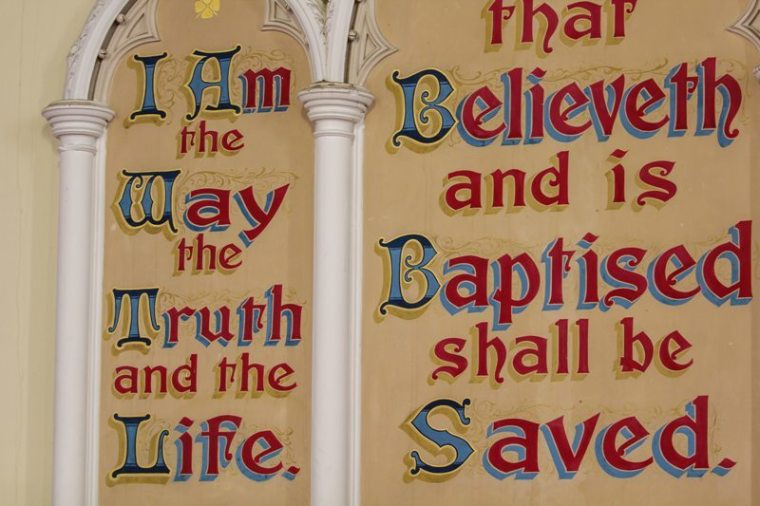
Australia’s ‘Freedom of the Press’ was achieved in 1824 . Before then the Sydney Gazette and New South Wales Advertiser the first newspaper printed in Australia was considered a government publication and was censored by Governor King. When Robert Howe took over the printing from his convict father George, this new freedom.
Robert Howe
Perched on a stool, bent over trays of typeset, Robert Howe was just eight years old when the King’s Representative inspected the printing office of Australia’s first newspaper. Astonished to see such a small boy hard at work on the Sydney Gazette and New South Wales Advertiser, he smiled at Robert’s convict father and noted how ingeniously the press was run.
Despite a shortage of ink, paper and press type—as well as paying subscribers (there were plenty who took it then refused to settle their debts)—the newspaper soldiered on. It was regarded as of ‘inestimable value’ to both the settlers and the government.
The Gazette kept the settlers in touch with the news from home. Published three times weekly, it contained excerpts from English literature which not only helped keep loyalty to England alive but also encouraged education. Robert’s father, George, published material that fostered a love of literature and aimed to aid both teachers and pupils as they used it. He published his own poems as well as those of others and has a strong claim to the title of ‘Father of Australian Literature’.
By the time Robert was 25, his life had taken a downhill turn. He was deep into a world of reckless and careless self-indulgence when he experienced a spiritual awakening. In his own words, he was ‘wonderfully and mercifully visited by God and snatched from infamy in this world and Hell in the next.’
Early Methodist community
Influenced by the early Methodist community in Sydney, he began Australia’s first periodical magazine: The Australian Magazine; or, Compendium of Religious, Literary, and Miscellaneous Intelligence. He also inherited the printing and publishing business of his father at this time and, under his direction, the tone of the Sydney Gazette, changed completely. On 14 October 1824, under the editorship of Robert Howe, it ceased to be censored by the colonial government
Robert considered that to be ‘Printer to Immanuel’ was far more important than being government printer, so morality and religion became two of the main themes of the publication. The Gazette began to reflect his conviction that faith was the only
possible means of progress in Australia and the only way to rescue the colony from the ‘depths of awful depravity to Righteousness in the Son of God’.
Eventually he succeeded his father at the Gazette, by then Australia’s first daily newspaper. However, his policies of promoting Christianity as the solution to national problems brought him into conflict with many in the establishment. He was physically attacked, was subjected to several libel actions, and publicly horse-whipped.
Jesus said, ‘Blessed are those who are persecuted because of righteousness, for theirs is the Kingdom of Heaven.’ (Matthew 5:10 NIV)
Robert Howe learned this first-hand as he strove to shine the light of Christ in the early days of Sydney and the New South Wales colony.
He died while out fishing when his boat overturned. Yet he pioneered a pastime for Australians that is still going. Even in this digital age, about 60% of Australians read a print magazine each week. The foundation stone of all this magazine production was a Christian periodical which spanned the turbulent transition of Sydney settlement from a penal colony to the premier city of a free state.
Written by Annie Hamilton for The DIDUNO Network http://adb.anu.edu.au/biography/howe-robert-2252 http://adb.anu.edu.au/biography/howe-ann-12994

Graham McDonald is the President of Diduno